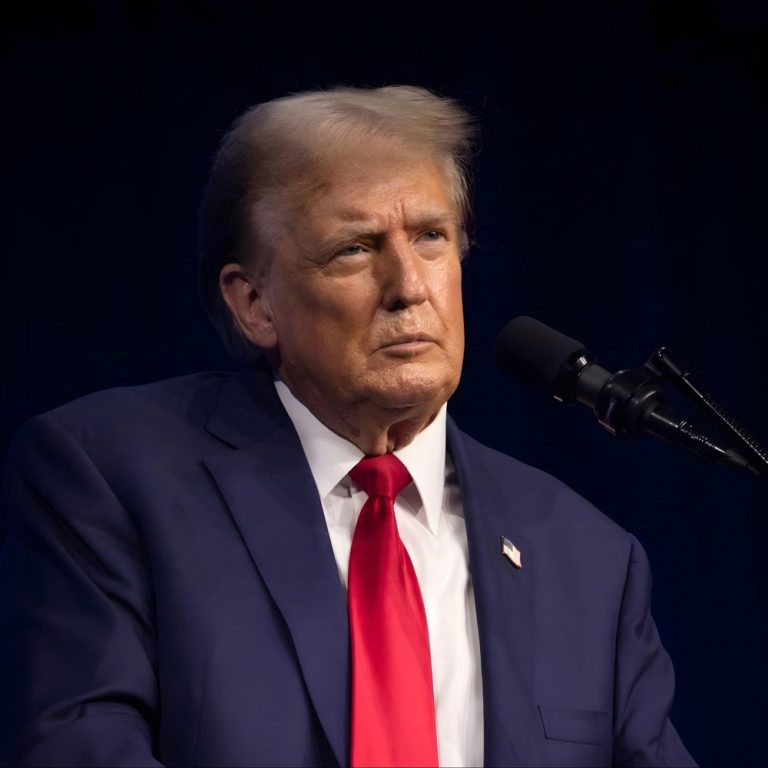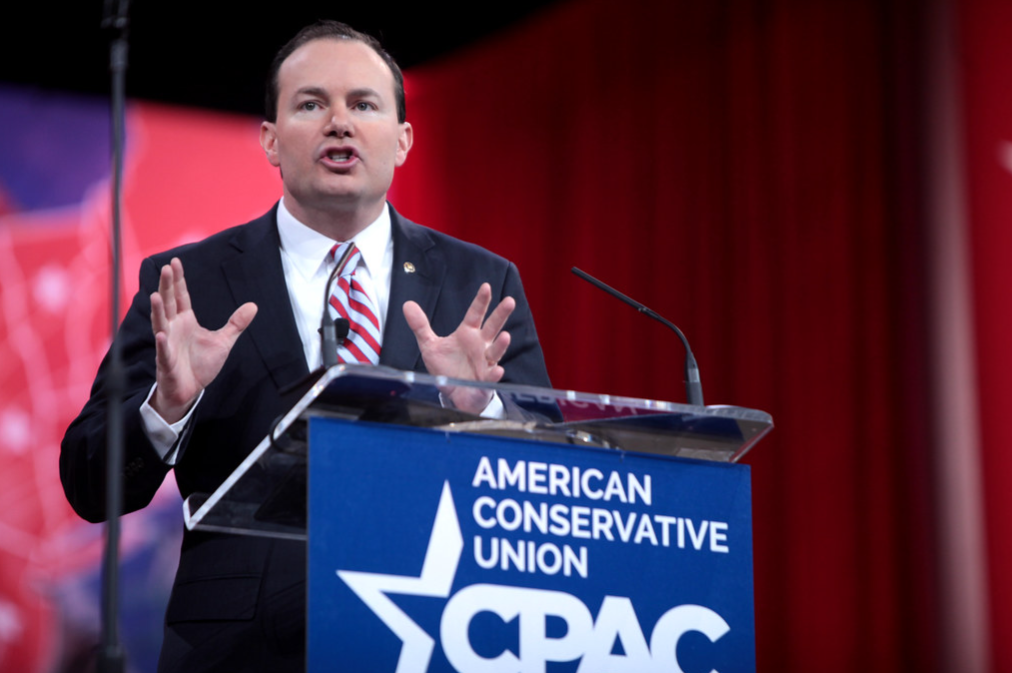Donald Trump has officially implemented new tariffs on Canada, Mexico, and China, with 25% tariffs on imports from Canada and Mexico and 10% on Chinese goods. The move, which took effect on February 1, is part of Trump’s strategy to pressure these countries on trade, immigration, and fentanyl-related issues while boosting domestic manufacturing.
White House press secretary Karoline Leavitt defended the tariffs, calling them “promises made and promises kept by the president.” However, the affected nations have not responded lightly. Canadian Prime Minister Justin Trudeau warned that Canada is “ready with a purposeful, forceful but reasonable response.” Meanwhile, Mexican President Claudia Sheinbaum stated, “We will always defend the dignity of our people and engage in dialogue as equals, without subordination.”
China’s response was equally critical, with Embassy spokesman Liu Pengyu warning, “There is no winner in a trade war or tariff war.” Economic analysts from the Peterson Institute for International Economics have predicted that the tariffs will negatively impact all economies involved, including the U.S., with their study labeling the 25% tariff on Mexico as ‘catastrophic.’
Despite the backlash, Trump remains firm on his trade policies. He recently told House Republicans, “We’re done being taken advantage of. America first, no exceptions.” With Canada and Mexico considering retaliatory tariffs, tensions are expected to escalate in the coming weeks.




